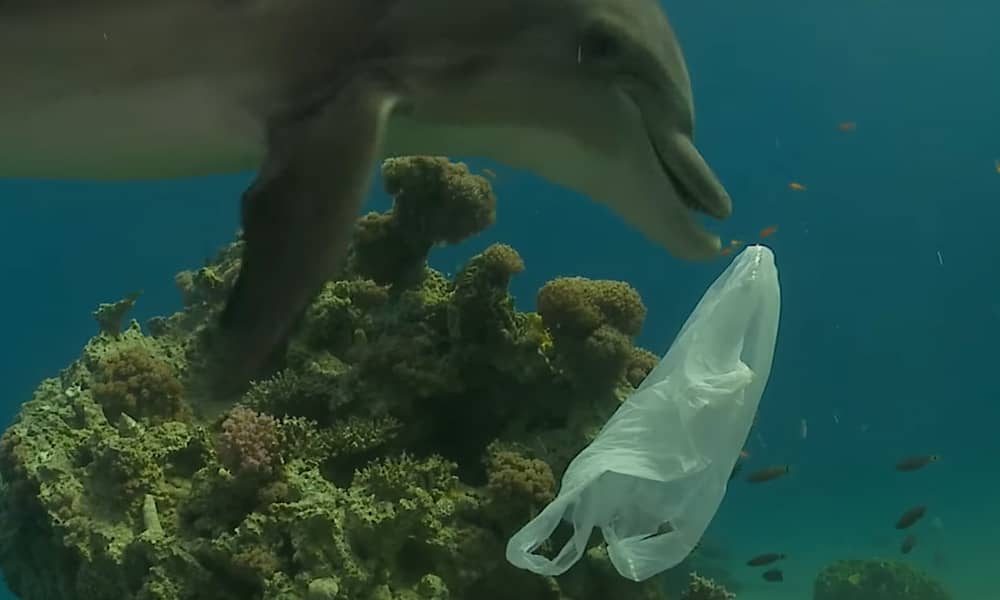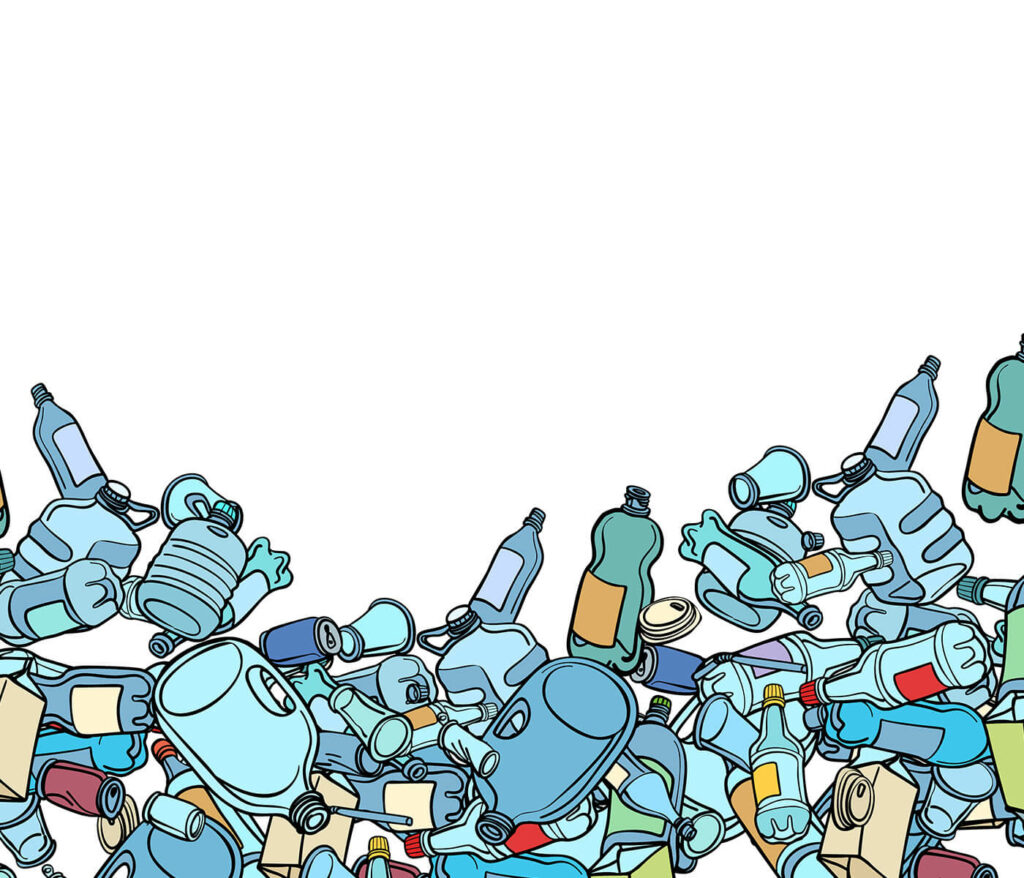April 17th, 2019

The Source of Ocean Plastic Pollution: A Global Concern
Over the past decade, the alarming increase in plastic pollution in our oceans has become a pressing global issue. With more than 8 million tons of plastic entering the ocean annually, there’s a looming threat that by 2050, the ocean could contain more plastic than fish. But where does this plastic waste originate?
Rivers: The Main Culprits
Research has revealed that rivers significantly transport plastic waste into the ocean, with 90% of ocean plastic pollution originating from just 10 rivers worldwide. These rivers include eight in Asia – the Yangtze, Indus, Yellow, Hai He, Ganges, Pearl, Amur, and Mekong – as well as two in Africa – the Nile and the Niger.
Dr. Christian Schmidt and his team at the Helmholtz Centre for Environmental Research conducted a study analyzing waste found in rivers and their surrounding areas. They discovered a clear correlation between improperly disposed waste in river catchment areas and the amount of plastic that ultimately ends up in the ocean.
Impact of Large River Systems
The study found that large river systems, often surrounded by densely populated regions with inadequate waste management practices, carry significantly higher amounts of plastic pollution than smaller rivers. The Yangtze River, for example, hosts almost 500 million people and ranks as the top contributor to ocean plastic pollution in Asia.
Efforts to Combat Plastic Pollution
While the situation may seem dire, promising initiatives are aimed at curbing plastic pollution. China, for instance, has taken significant steps to address the issue, including ending imports of foreign waste and implementing waste sorting measures in cities to achieve a 35% recycling rate by 2020.
According to the UN Environment Program head Erik Solheim, while China is the biggest producer of plastic waste, it is also making major efforts to curb it.
“If there is one nation changing at the moment more than anyone else, it’s China … the speed and determination of the government to change is enormous,” said Solheim
The Indus and the Ganges, which flow through India, carry the second and sixth-highest amounts of plastic debris to the ocean.
Several years ago, the Indian government launched the Namami Gange project in a bid to clean the Ganges, but recently the National Green Tribunal, India’s dedicated environmental court, said that “not a single drop of the Ganga has been cleaned so far”.
At the United Nations Environment Assembly in December 2017, India along with 193 other nations, signed a resolution to reduce marine plastic waste.
Conclusion
The concentration of plastic pollution in a few key rivers underscores the urgent need for coordinated global action. By addressing the root causes of plastic pollution, implementing effective waste management practices, and fostering international collaboration, we can work towards a cleaner and healthier marine environment for future generations.
For more information on efforts to combat plastic pollution and environmental conservation, stay tuned to reputable sources like the United Nations Environment Program and other environmental organisations.

